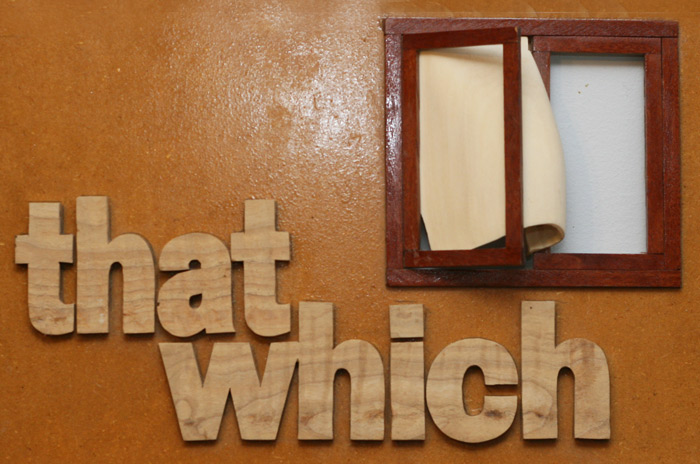Tod Greenaway
Tod Greenaway, our father, was a writer, a photographer, a woodworker, a thinker. The office where I sit is filled with his work and with the tools he used to create that work. They give me comfort.

GREENAWAY John Tod April 25, 1927 – October 24, 2008. Tod passed away in Nelson, BC. He was, as he said, quite ready to go, and went peacefully in his sleep. So although we are saddened by his passing, we keep his memory and our deep love for him within our hearts. Surviving him are his wife Fumiko; brothers Phillip (Patricia) and Howard (Victoria); children John (Amy), Rachel (Daniel) and Rafael; and grandchildren Charles, Taiyo, Emiko and Kaya. Tod outlived all of his close friends and spent his last years in Nelson with Fumiko and Rachel’s family, overlooking beautiful Kootenay Lake. There will be no service by request – instead, raise a glass of your favourite single malt in his memory. Tod wrote the following several years ago, when he was 77 years old: “If time is a river, then we stand braced against the current so to speak, keeping our feet in order not to be swept away. This is the river into which Heraclitus says we never set foot twice (if he actually said this). At some point several years ago I gave in; instead of fighting it I let it carry me away. So now I float down this same metaphorical time-river. Picture me reclining in an inner tube, the Globe and Mail on my lap, and waving my feet to the folks ashore.”
Tod worked in words, and he worked in wood. He kept everything sharp and in its place. He built a boat once, working of plans he sourced somewhere. It hung from the carport in the housing co-op on Union Street he shared with Fumiko and was torched one night by some kids. I think that took the heart out of him. I never saw him cry, but I know he felt deeply in his own way. He was an artist but part of him remained the farm boy who grew up on a farm in Verdon, Manitoba who got his first rifle when he was ten or so. There’s a photo of him in my collection of family photos holding a brace of rabbits that he had shot. As a boy he used to snare prairie dogs for the bounty. The farmers would pay so many cents per tail. After marrying Fumiko, my mother, they ran a fishing camp up north for a season. While there he shot a moose. What more is there to say?
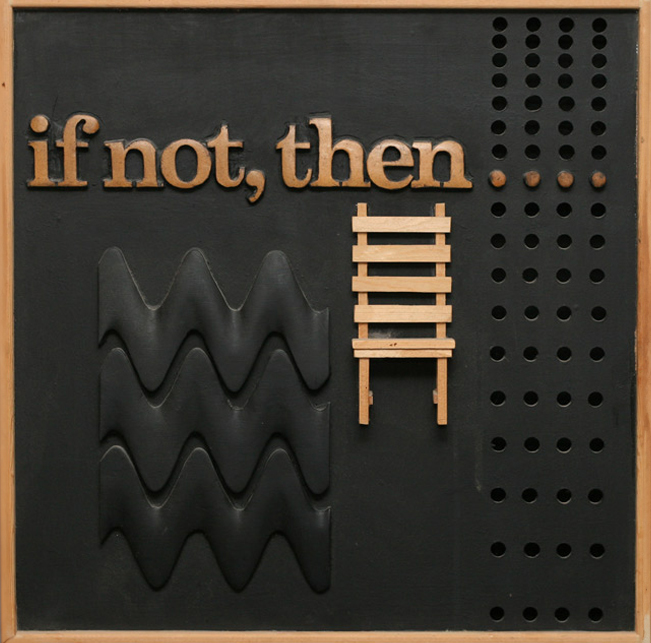


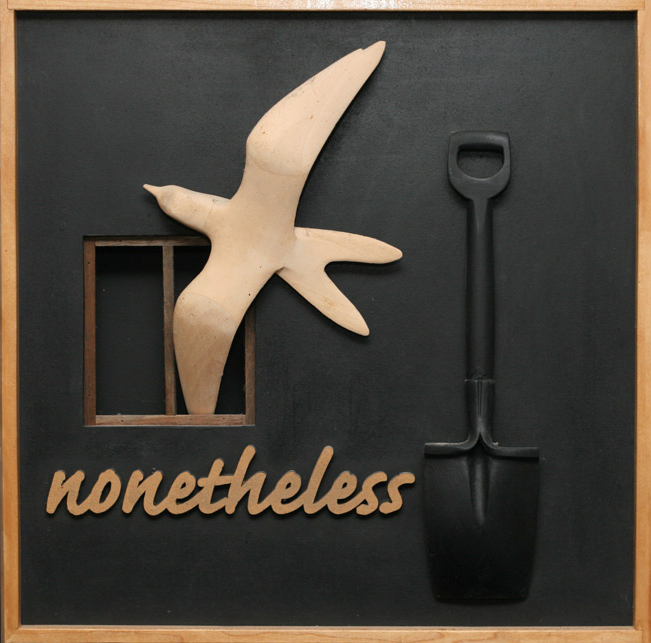


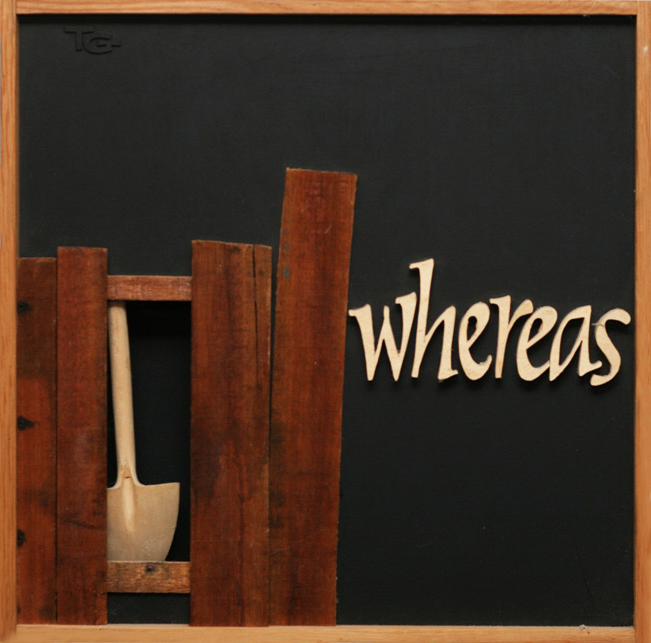
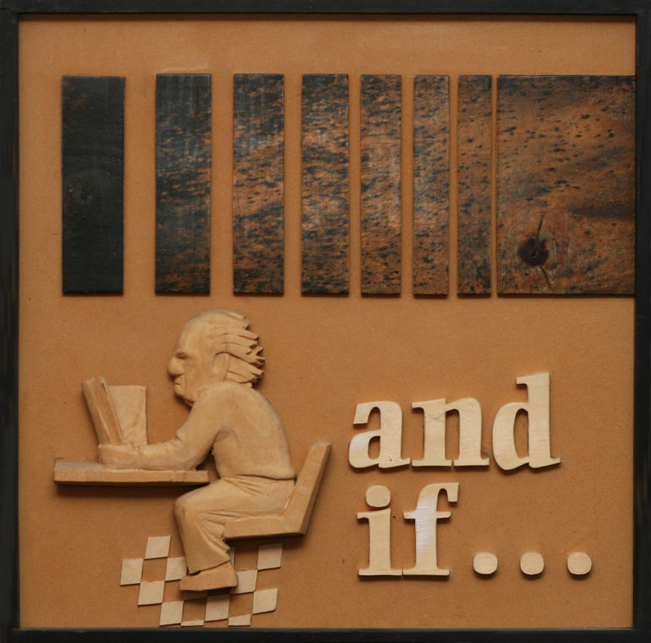
The following poem/dream is by Tod from his self-published book, Behold! a closer look at what we see and do not see by dreamlight. This piece of writing resonates with me on some deep, subconscious level and I have used it in performances over the years.
the fading of the world . . .
I stood in an orchard or a wood
drenched in anguish.
The trees were hung with yellow catkins
from which an amber pollen drifted down
thick and slow,
a vertical blizzard.
Turning to look at it, backlit by the sun,
I saw that the flakes were thinner and whiter,
a dance of Brownian movement.
I saw all this, I saw the movement, the intricate structure of the falling grains,
but I remembered how much more intensely
I had seen this same phenomenon when I was a child.
At that time, the pollen – and by extension all phenomena –
had been tumescent, as you might say, with its own existentiality.
I tried to understand what we gain as compensation for such a loss.
I could not make out.
– Tod Greenaway
Last year I was walking down the trail from our place towards the inlet. It was dusk, the light rapidly fading. I came around a corner and was struck by the way a tree was glowing spectacularly in the fading light. When I got closer I saw what looked like clusters of glowing pods hanging from the branches. The setting sun was shining off them, causing them to glow. I realized at that moment that these must be the catkins from my father’s poem. I googled catkin on the spot and indeed, that’s what they were. I must have walked this trail hundreds of times and never noticed these trees before. It took the light hitting them just right to call them to my attention. – John e.g.
